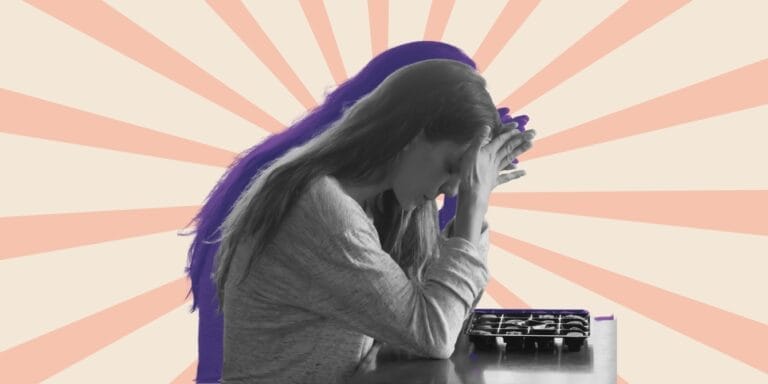‘Effortless IVF’ is a new procedure that lets same-sex couples share the conception experience

Ashleigh and Bliss Coulter *both* got to carry their son.
Deciding to start a family is a huge, life-altering decision, and for couples who need to use in vitro fertilization, that decision all too often comes with a huge, life-altering price tag. As a same-sex couple, Texans Ashleigh and Bliss Coulter knew they would need to turn to IVF to start a family, and thanks to some new developments in reproductive technology, they were not only able to both carry their baby at different stages of pregnancy, but also save money and time in the IVF process.
 The Coulters made international headlines this fall when news broke that they had both carried their son, Stetson (now 4 months old) thanks to a procedure called effortless IVF, and the INVOcell device , a small medical device that basically uses a woman’s vagina as an incubator.
“I wanted to have a child that was biologically mine, but I didn’t want to carry the child,” Bliss tells Motherly. Her wife, Ashleigh (seen above holding Stetson), did want to be pregnant.
It’s common for same-sex couples to turn to reciprocal IVF (also called “shared motherhood”) when one woman wants a biological child but her partner wants to be the one to be pregnant. Reciprocal IVF sees one partner’s eggs fertilized and then implanted in her spouse’s body.
It doesn’t come cheap (costs per IVF cycle range between $16,000 and $30,000, according to WinFertility ), but for some couples, it is the perfect way to start a family.
The Coulters made international headlines this fall when news broke that they had both carried their son, Stetson (now 4 months old) thanks to a procedure called effortless IVF, and the INVOcell device , a small medical device that basically uses a woman’s vagina as an incubator.
“I wanted to have a child that was biologically mine, but I didn’t want to carry the child,” Bliss tells Motherly. Her wife, Ashleigh (seen above holding Stetson), did want to be pregnant.
It’s common for same-sex couples to turn to reciprocal IVF (also called “shared motherhood”) when one woman wants a biological child but her partner wants to be the one to be pregnant. Reciprocal IVF sees one partner’s eggs fertilized and then implanted in her spouse’s body.
It doesn’t come cheap (costs per IVF cycle range between $16,000 and $30,000, according to WinFertility ), but for some couples, it is the perfect way to start a family.
You might also like:
- Michelle Obama opens up about her miscarriage + IVF
- This woman and her wife are both pregnant—and due on the same day ❤️
- Chrissy Teigen opens up about wanting more kids—and when

































